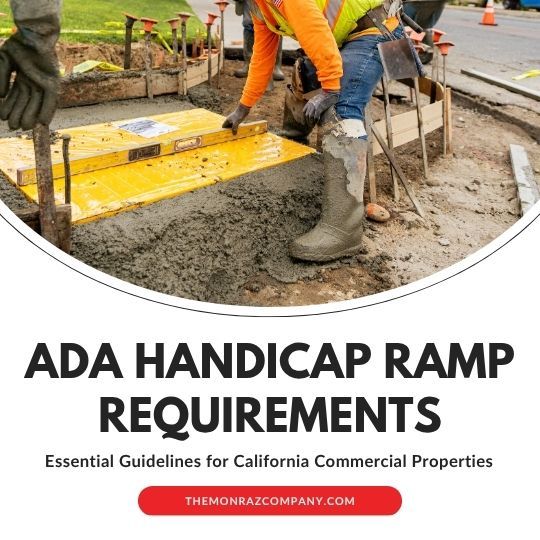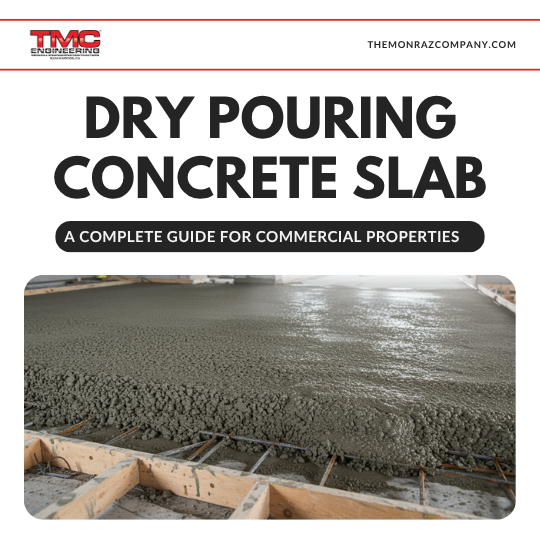Best Weather For Asphalt Paving
Asphalt paving is a complex process that requires carefully controlled conditions to ensure the pavement will withstand traffic and weathering for its designed lifespan. A key factor in achieving this is maintaining the proper temperatures during the installation and curing of the hot asphalt mixture . The weather plays a critical role in regulating temperatures , and deviations from ideal conditions can negatively impact the strength and longevity of the finished pavement.
When fresh asphalt is laid, it must quickly transform from a malleable liquid state into a durable, load-bearing solid. This transformation is reliant upon physical and chemical reactions that are temperature-dependent. Too high or too low of temperatures can disrupt the process. This leads to issues like premature cracking, inadequate compaction, or decreased durability over time. With weather variables being difficult to control, it is essential to understand the ideal weather parameters for paving!
Today’s post will focus on identifying the best weather scenarios for undertaking asphalt pavement projects. We will explore the temperature and moisture ranges that allow asphalt mixtures to fully cure and develop maximum strength upon cooling. The effects of installing asphalt outside these parameters will also be examined. By recognizing how weather influences asphalt performance, contractors can schedule work strategically for the greatest chances of long-lasting, high-quality results.
Let’s get right into it!
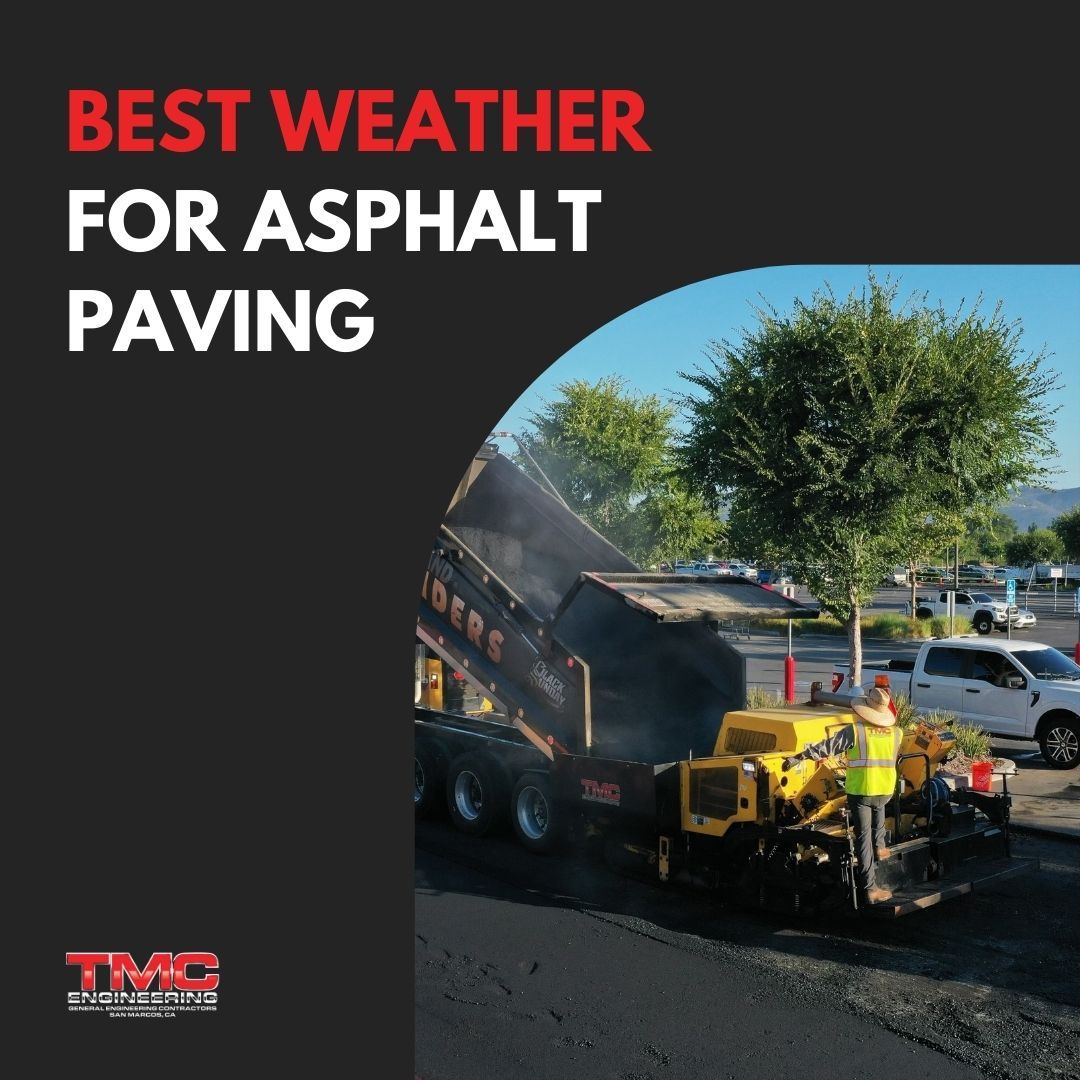
Best Weather For Asphalt Paving
Most paving experts recommend an ambient temperature between 50-90°F during installation for best results. Within this range, the asphalt mixture remains workable but already starts to stiffen and set after compaction. Both lower and higher temperatures present challenges. Below 50°F, asphalt slows and is prone to cracking as it cools. Above 90°F and it remains too runny, not allowing for thorough compaction.
Surface temperatures should generally meet or exceed 50°F as well. Meanwhile, humidity levels below 35% RH or above 65% RH may impact curing. Overall, partly cloudy or overcast conditions with little risk of rain in the subsequent 24 hours are preferred. This allows the proper blending of aggregates while enabling steady drying and strength gain.
In the desired temperature range, asphalt can fully harden during placement and compaction. This leads to a uniform and durable pavement that delivers many of the benefits of asphalt paving over decades like its flexibility and crack resistance. Outside of these parameters, asphalt may dry too quickly or slowly. This can result in weak spots or premature deterioration over the pavement’s lifespan.
Variations in ambient temperature also impact asphalt compaction. At lower temps, rollers have difficulty achieving target density. This leaves the asphalt vulnerable to cracking from shifting ground or weather changes down the road. With optimized temperatures, maximum compaction gives pavements the strength to withstand heavy traffic loads for many years!
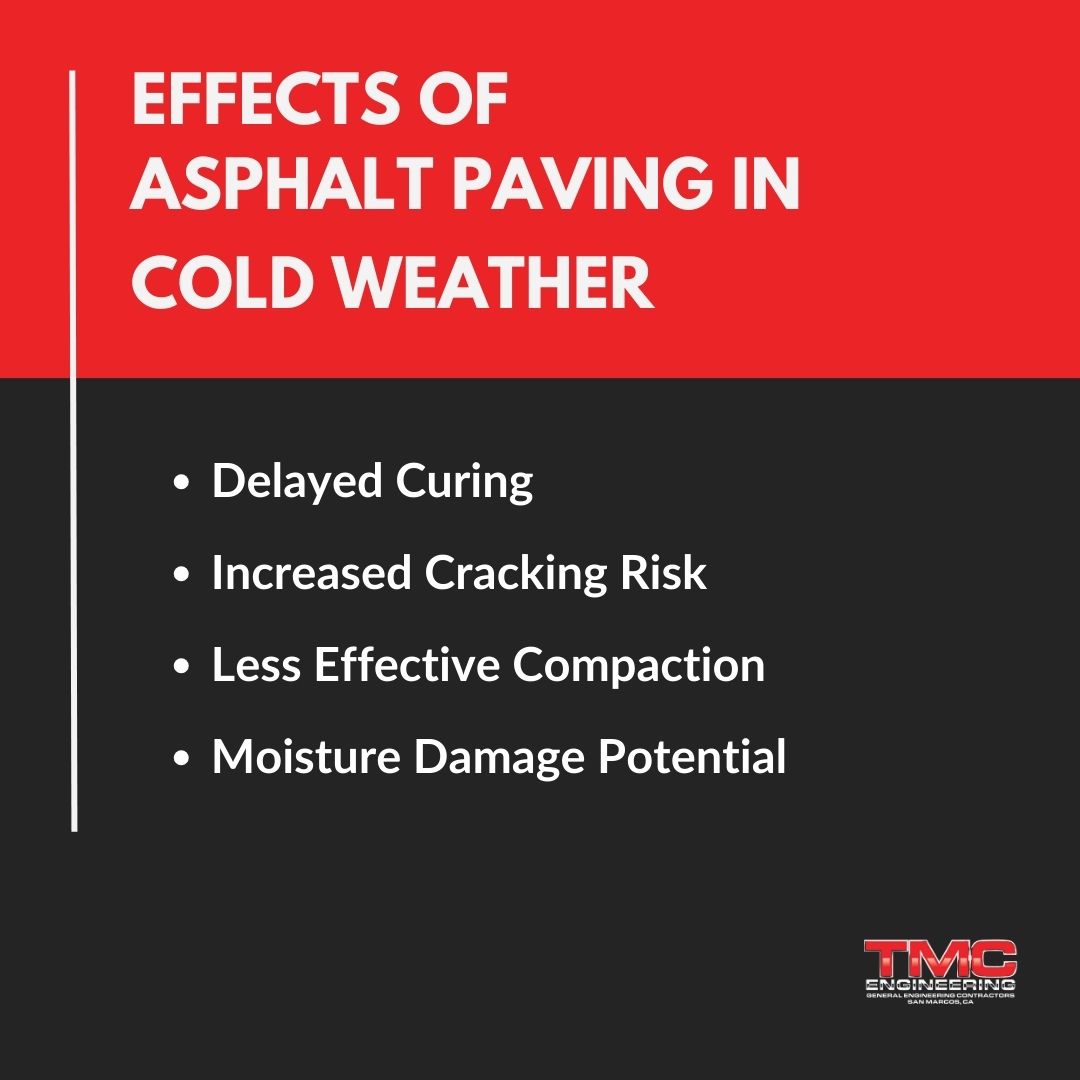
Effects of Asphalt Paving in Cold Weather
Delayed Curing
In cold temperatures below 50°F, the chemical reactions occurring within freshly laid asphalt that allow it to fully harden are dramatically slowed. The binder and aggregates take significantly longer to fuse, sometimes needing 7-10 days instead of only a few hours in warmer conditions.
Until complete curing, the pavement is still quite soft and susceptible to damage from traffic or weather events. Controlling traffic during the extended cold cure period is important to avoid deforming the new mat!
Increased Cracking Risk
As the asphalt gradually cools after installation, it is more prone to thermal cracking as the material shrinks due to the temperature differential. Cracks typically form transverse (perpendicular to the paving direction) joints if the asphalt does not have sufficient time to cure monolithically. They tend to appear predominantly in cooler overnight hours during the initial week after paving. The issue is exacerbated in colder regions or projects where overnight lows dip below freezing.
To combat this, asphalt concrete mixtures can incorporate additives or fibers to increase flexibility and resistance to thermal contraction during the cold cure phase.
Less Effective Compaction
When the temperature of freshly spread asphalt drops below around 50°F, it becomes stiffer and less pliable. This reduced workability makes it more challenging for compaction equipment like rollers to adequately compact the material and remove all air voids prior to freezing. Any entrapped air remains after compaction is complete, creating points of future weakness where consolidation was not fully achieved.
Dead plating techniques or additional roller passes can be focused on problem areas to counteract this effect in frigid conditions.
Moisture Damage Potential
Prolonged curing in colder weather means the asphalt surface is more likely to still be permeable to water well after initial installation. This allows any precipitation like rainfall or melted snow to potentially become trapped under the mat for extended periods rather than having time to fully dissipate. Standing moisture raises the risk of longer-term issues developing. Risks such as stripping of the asphalt binder away from aggregates over many freeze-thaw cycles.
The curing process can be sped up using warmers or chemical additives to reduce this risk.
Bonus: Remedies for Cold Weather Paving
To help combat problems specific to paving in colder seasons, contractors have several best practices at their disposal. These include warming the surface with infrared heaters during compaction, using cold-weather grade mixes containing additives, sealing joints and cracks promptly, and preventing flooding of the new mat for at least 48 hours after paving until full strength development occurs. Eliminating cold weather paving where possible or temporarily heating the roadbed using thermal blankets are also recommended strategies for the best long-term pavement performance.
Weather conditions during the initial set and cure period directly dictate how long the asphalt pavement will serve its purpose. Following best practices for lay asphalt allows it to solidify correctly for long-lasting performance enhancing any project’s value proposition!
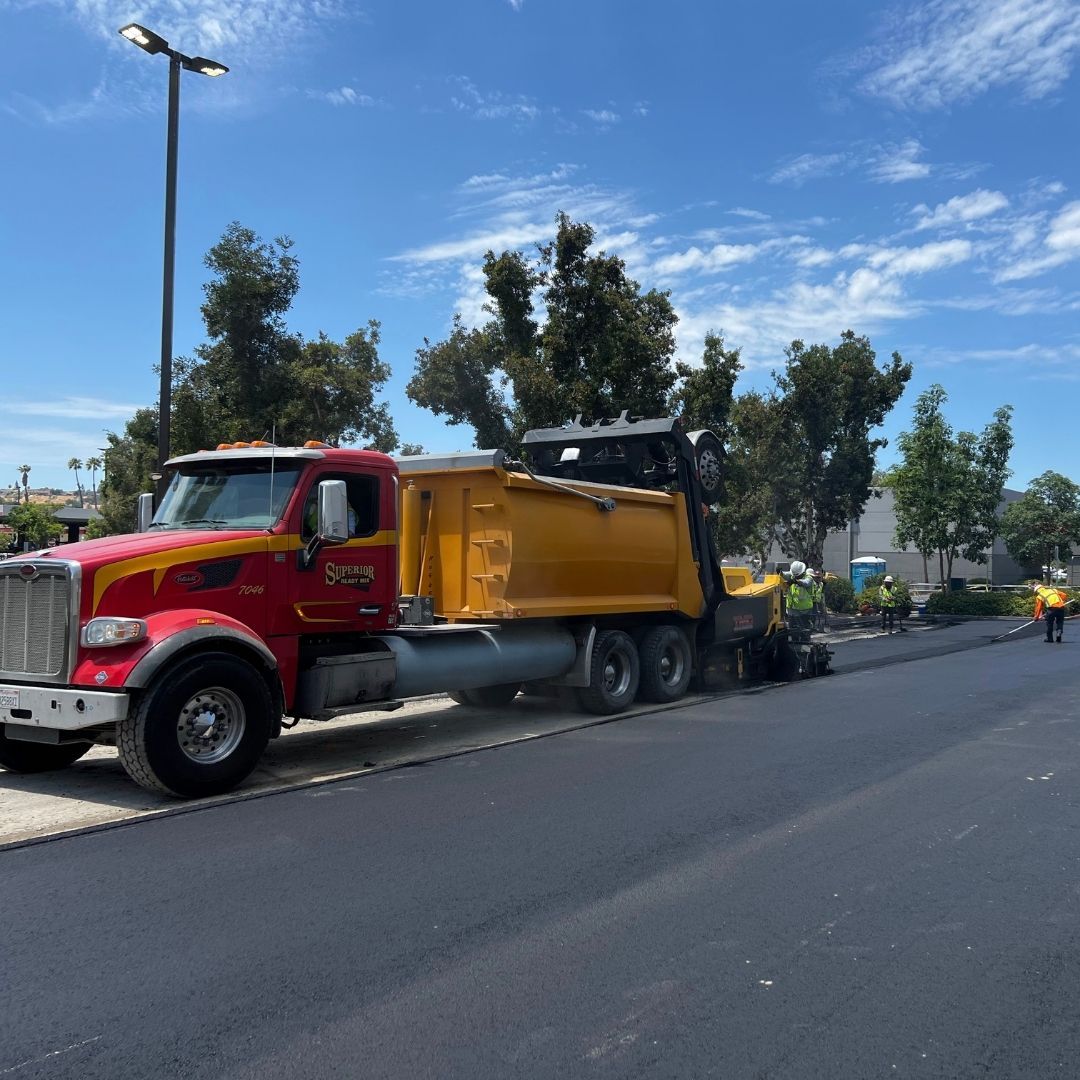
Paving under the right weather conditions helps to ensure the best results.
In conclusion, the weather conditions present during and after asphalt installation can significantly impact the quality and durability of the finished pavement surface. Temperature and moisture levels need to be within an optimal range to allow for thorough compaction and curing of the hot asphalt mix. Paving outside of ideal weather parameters such as very high or low temperatures or precipitation increases the risks of cracking, stripping, and reduced strength development over time.
While the weather cannot always be controlled, contractors can take steps like material additives, mix design adjustments, and scheduling around forecasted conditions to help maximize asphalt service life. Choosing the right time for paving helps ensure the many benefits of asphalt are fully realized in infrastructure projects for years to come. Understanding best practices can lead to stronger, longer-lasting pavements under all seasonal weather.
Asphalt pavements are easy to construct and maintain with the expertise of experienced paving contractors. Here at TMC Engineering , we have a deep commitment to delivering projects characterized by the highest safety standards as well as workmanship and client satisfaction. We aim to provide you with valuable informative content and insights related to the services our team of experts provides!
Whether you require asphalt paving , striping, sealing , or concrete work , we offer a full suite of transportation construction solutions. Because our team member’s experiences range from 20 to 33 years in this industry, we can work in all-weather conditions and have challenged them for our own confirmation. We invite you to contact us today for a FREE QUOTE . Let’s make quality projects together!


